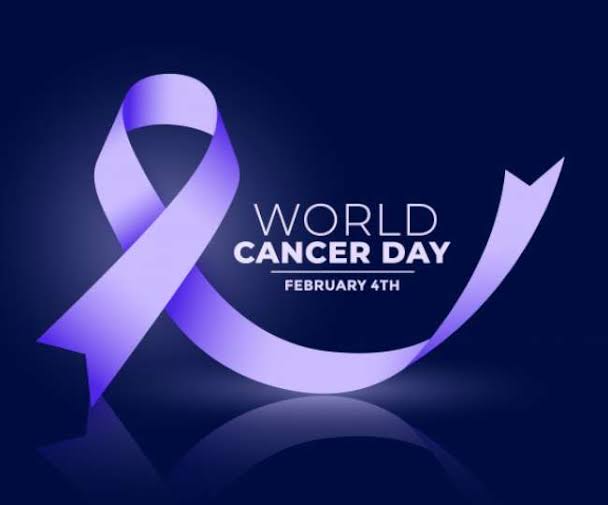New Delhi: World Cancer Day is celebrated worldwide on 4th February every year. The celebration of World Cancer Day was started in the year 1933 with an aim to prevent cancer and create awareness. World Cancer Day was first celebrated in 1993 by the Union for International Cancer Control (UICC) in Geneva, Switzerland. World Cancer Day is celebrated with the aim of educating the general public about the dangers of cancer and its symptoms and prevention.
The day is celebrated to reduce the misconceptions spread about cancer and to motivate cancer patients. Today on the occasion of World Cancer Day, let us know about 5 important cancers occurring in women.
Breast cancer
Breast cancer is a major problem for women. The mortality rate is on the rise due to delayed detection of breast cancer cases. In breast cancer, the mutation in genes leads to uncontrolled growth of breast cells. Usually by entering the lobules and milk ducts, they attack healthy cells and spread to other parts of the body. In some cases, breast cancer can also affect other breast tissues.
Risk Factors
A family history of breast cancer i.e. if someone in your family has previously had breast cancer.
If you have been taking oral contraceptive pills for a long time.
Symptoms
If there is an abnormal lump, change in the size of the lump or pain, consult a doctor immediately.
Treatment
Mammography is done to detect minor lesions. MRI determines the stage of breast cancer.
Cervical cancer
Cervical cancer is the second most common cancer after breast cancer in women. While doctors are yet to ascertain the underlying causes behind many other types of cancer but the reasons responsible for cervical cancer have been ascertained to a large extent. It is also considered easier to treat than other cancers. Human papilloma virus (HPV) infection is an important cause of cervical cancer. There are several types of HPV, and of these, high-risk HPVs account for 70 to 80 percent of cervical cancer cases.
